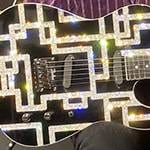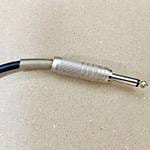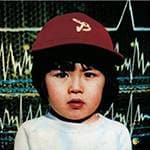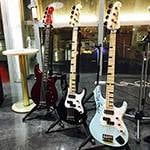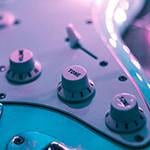Can Jan Hammer's guitar-like sound be reproduced with a hand-held synthesizer?
If you could make a synthesizer play guitar (that’s a funny thing to say!!) Let's reproduce the sound of the number one keyboard player Jan Hammer with a single synthesizer. This is the follow-up to the “Vagabond Synth Nerd’s Journal Vol. 159” (link), in which I try to reproduce the sound of Jan Hammer with a synthesizer that is different from the Minimoog synthesizer used by Jan Hammer.
Jan Hammer is a keyboardist who became world-famous for his work with Jeff Beck. Hammer's specialty is the skillful use of a synthesizer's pitch bend wheel, a controller that raises and lowers the pitch of a note (see photo), to produce guitar-like sounds on a keyboard instrument. Most synthesizers have pitch bend wheels and modulation wheels of various shapes and sizes, but no one at the time could produce guitar-like sounds like Hammer.
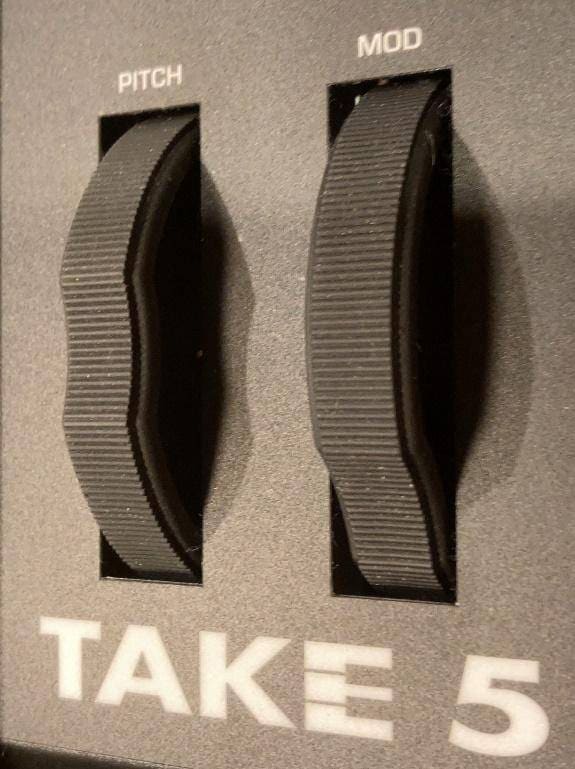
< Semicircular pitch bend wheel (left side) and modulation wheel (right side) >
Raising the left wheel raises the pitch and lowering it lowers it.
Raising the modulation wheel increases the modulation.
In addition to Jeff Beck, Jan Hammer's collaborating guitarists include John Mahlagrin of the Mahavishnu Orchestra, Al DiMeola, John Abercrombie, and Neal Schon. He also collaborated with Japanese guitarist Yoshiaki Masuo on the album Finger Dancing.
In his other activities, he produced the soundtrack for the TV drama Miami Vice. He is a great composer who has reached No. 1 on Billboard and won a Grammy Award.
The synthesizer to simulate the Sequential TAKE 5
The synthesizer I own with the fattest sound is the Sequential TAKE 5. Although multiple synthesizers can be connected via MIDI to fatten up the sound, it is impossible to carry multiple synthesizers for band practice, and the nuances of the sound would change, so I could think of no other synthesizer to use but TAKE 5.
This synthesizer is an analog synth similar to a mini-mog. It has a feature that makes it easy to visualize on the panel how to make it sound like a guitar.
I consider this synthesizer to be a good sounding sequential synthesizer for the price.
SEQUENTIAL (Dave Smith Instruments) / Take 5
The many theories about Jan Hammer's guitar-simulated sounds!
There are several different guitar sounds that Hammer makes with synthesizers on Jeff Beck albums alone.
There are various ways to look at it, such as stacking two mini-mogs or the SEM module sound of an Oberheim synthesizer. Then they put flangers, tape echoes, and other effects on top of it to make it sound like a guitar. But really I don’t know.
Also, in the 80's, sampling technology was developed and guitar sounds were sampled and made to sound like a guitar with a shoulder-mounted keyboard controller called a toter. I don't like this Hammer sound very much because the sampled guitar sound is exactly the same as the guitar sound, which is different from the sound synthesized by a synthesizer.
The guitar sound is not the same as the sound synthesized by a synthesizer because the sampled guitar sound is exactly the same as the guitar sound. The fun of simulating the guitar sound with a synthesizer was supposed to be the true essence of Hammer, but sampling the guitar sound as it is and playing it does not sound fun. Guitar sounds based on current sampling technology are included in many sampling synthesizers, so I hope you will consider that separately from this story.
The Jan Hammer sound that is going to be simulated is...
In simulating the sound of Jan Hammer, I will use Jeff Beck's Wired and the live album Live Wire as reference albums.
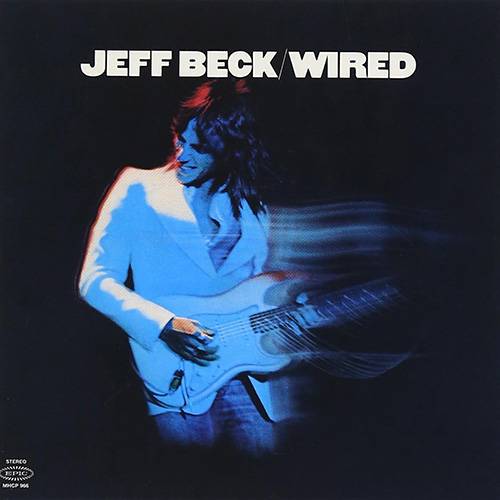
Wired / Jeff Beck
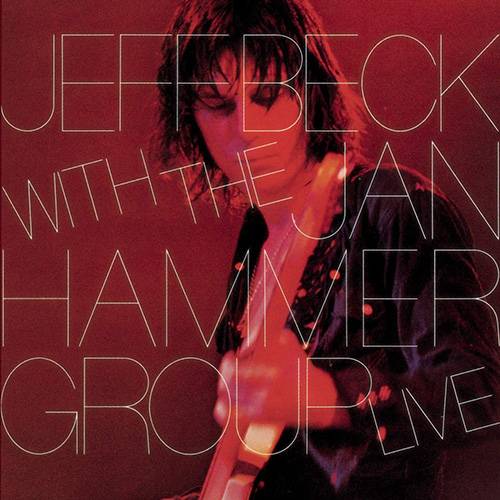
Live Wir e/ Jeff Beck
TAKE 5 From VCO settings to ADAR settings
When creating sounds on an analog synthesizer, the first setting is to determine the waveform of the sound with the VCO. To confront the guitar sound, I selected the sharpest sawtooth wave for the synth sound as well as for the waveform.
TAKE 5 has two VCOs, and to thicken the sound, the second VCO is also set to sawtooth wave.
The TAKE 5 oscillator waveform is not divided into sine, sawtooth, and square waveforms, but has a variable structure that can be set to a waveform between the sine and sawtooth waves, allowing for infinite sound creation. Each octave (pitch) is set to plus 1 (4 feet). Both VCO1 and VCO2 are set to exactly the same pitch at 0 (see picture).
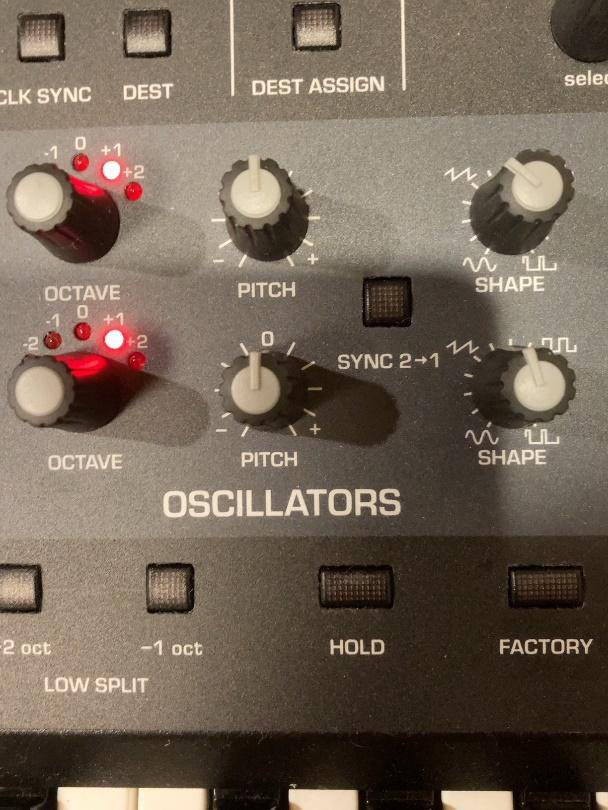
< TAKE5 oscillator (VCO) section >
Envelope Generator (ADSR) Settings
The next step is to set up the envelope generator. The signal flow suggests a VCF (voltage controlled filter), but this time I am going to simulate guitar tones. The ADSR is set first to simulate the characteristic of the guitar, which is that a sound is produced when a string is plucked, and then the sound disappears immediately without being sustained. This is because it is easier to create the guitar sound if the VCF is adjusted afterward.
The ADSR has functions that set the rise and fall of the sound, A stands for attack, D for decay, S for sustain, and R for release, and all four together are called ADSR. It is also called an envelope generator.
The attack time is set to 0, the decay time is also set to 0, the sustain time is set between 3 and 4, and the release time is set to 0 because there is no extension of the sound after the note is played.
When you play a note in this situation, you will hear a popping sound. Now the rise and decay of the guitar sound is set (see picture).
However, this is not enough to make the guitar sound.
In the ADSR of TAKE5, there is an ADSR that controls the VCF. The ADSR setting for this VCF changes the operation of the filter (VCF). The ADSR setting applied to the VCF side is related to the sound creation of the guitar sound.
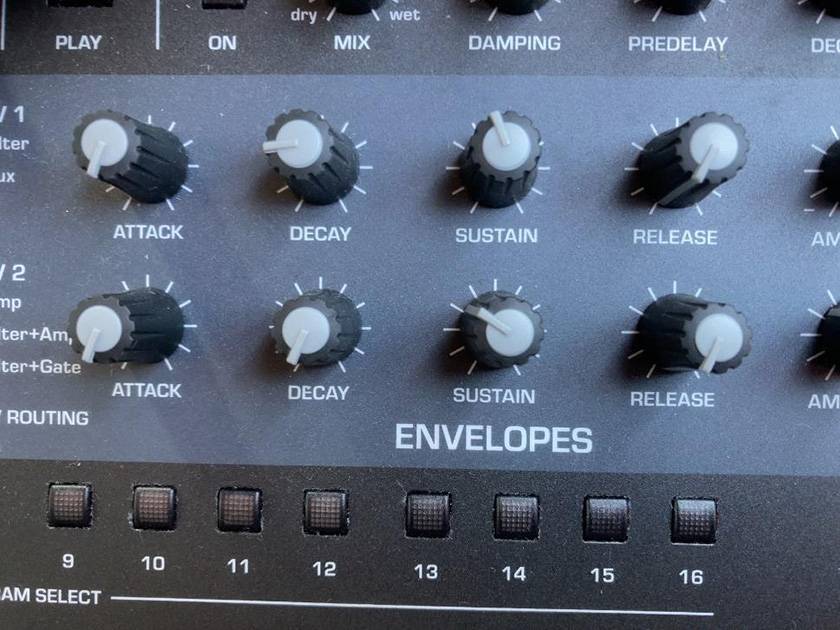
< Envelope Generator (ADSR) >
In the next article, the VCF settings that are important for synthesizer guitar sound creation are:
After this is the most important setting, which is related to tone quality. It's a long story, so I'll leave that for next time...
Musicians, albums, and recommendations featured in this issue
- Artist:Jan Hammer, Jeff Beck
- Albums : Wired and Live Wire
The “sound & person” column is made up of contributions from you.
For details about contributing, click here.





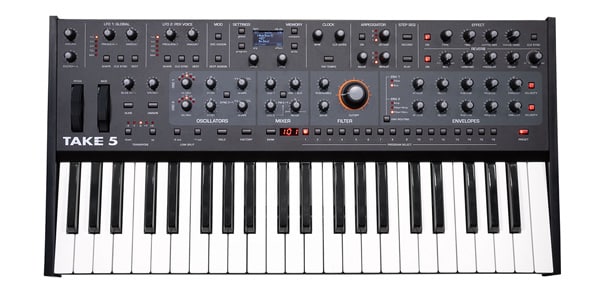


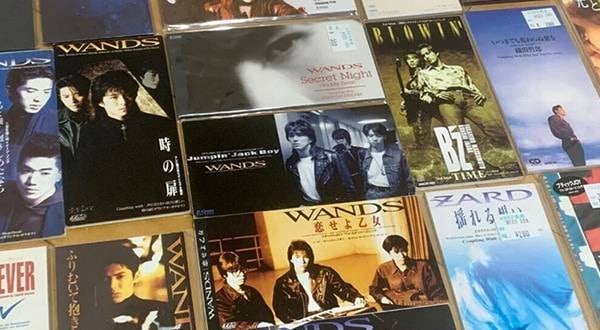
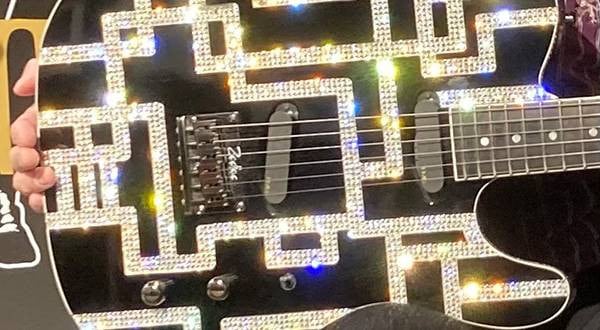
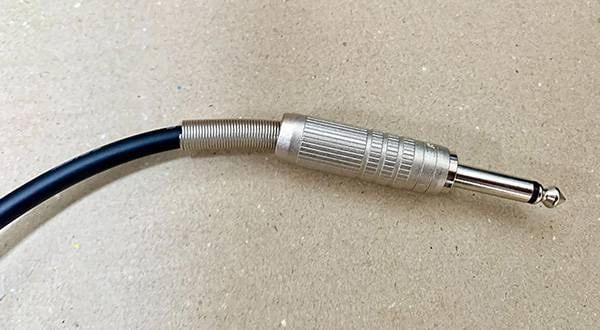

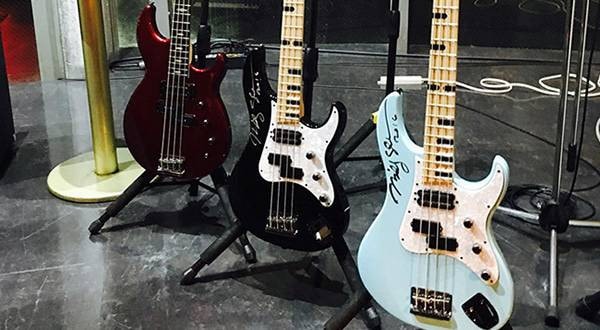
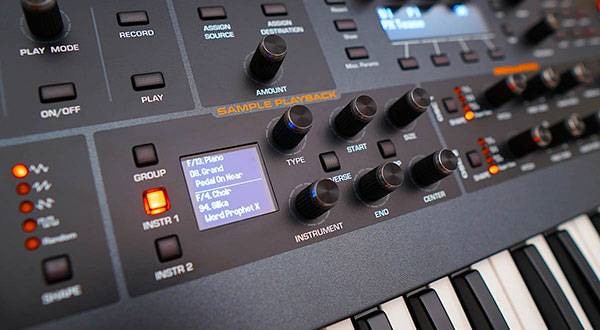
![[2025 Latest Edition] Choosing a Synthesizer/Popular Synthesizers Ranking](/contents/uploads/thumbs/2/2022/9/20220916_2_19446_1.jpg)
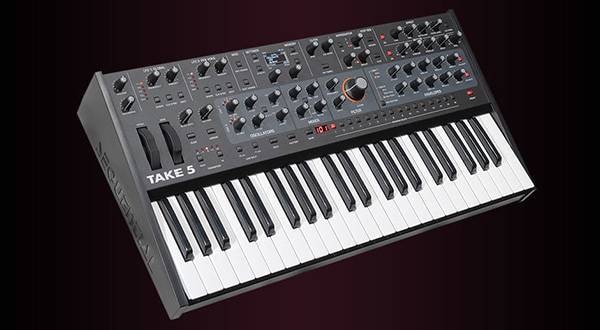
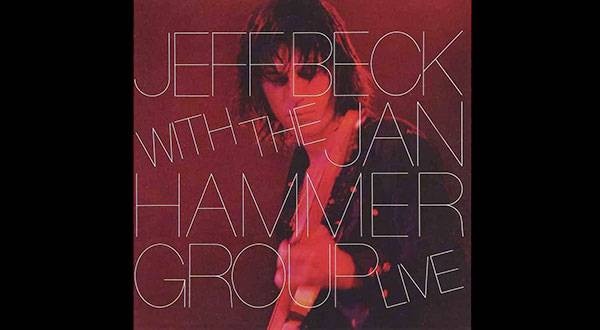
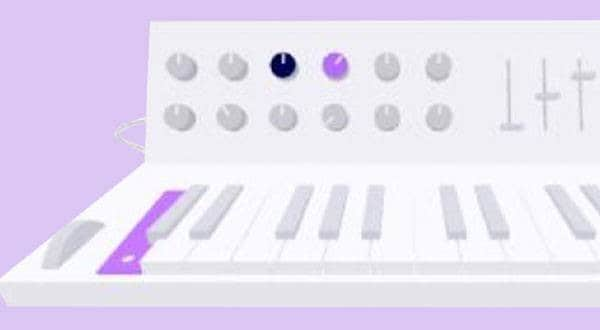
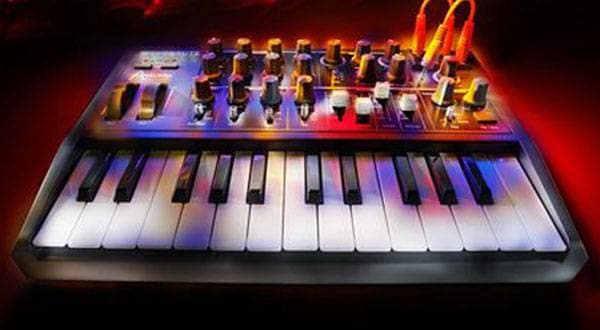
 定番DAWソフトウェア CUBASE
定番DAWソフトウェア CUBASE
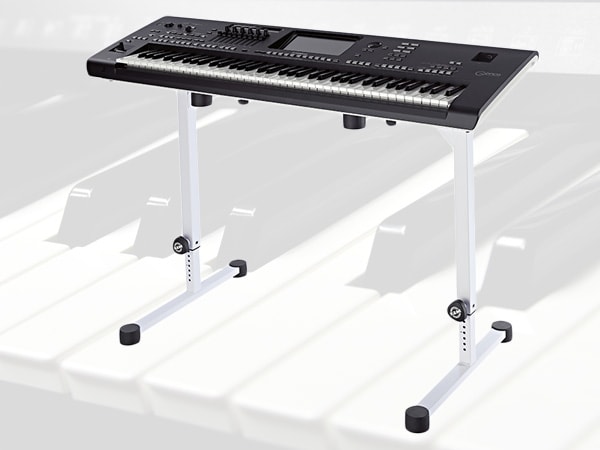 キーボードスタンドの選び方
キーボードスタンドの選び方
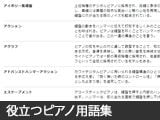 自分にあったピアノを選ぼう!役立つピアノ用語集
自分にあったピアノを選ぼう!役立つピアノ用語集
 まずは弾いてみよう!楽譜の読み方
まずは弾いてみよう!楽譜の読み方
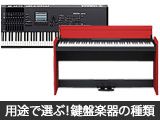 用途で選ぶ!鍵盤楽器の種類
用途で選ぶ!鍵盤楽器の種類
 キーボードスタートガイド
キーボードスタートガイド

